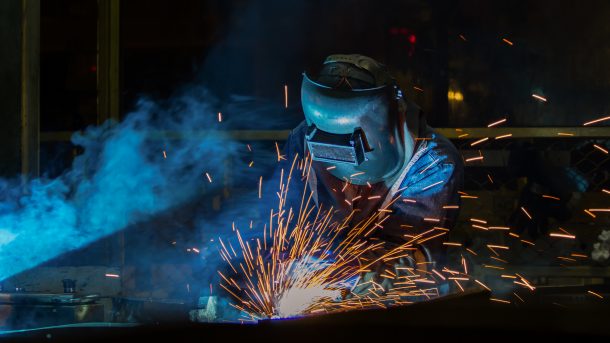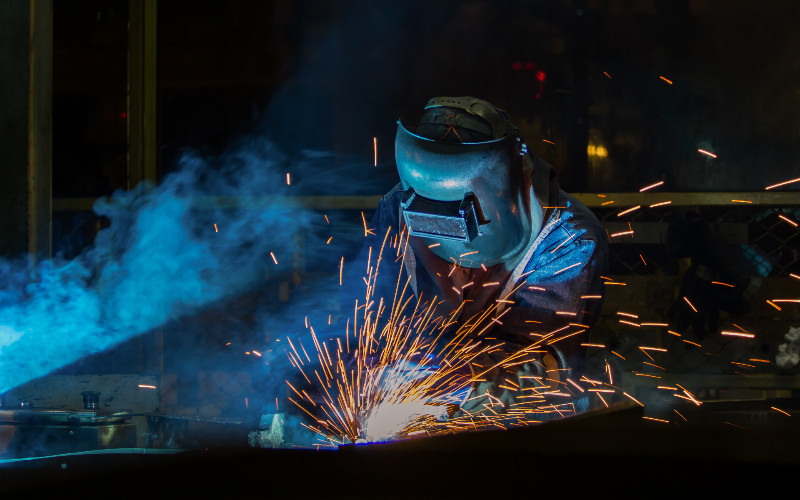In many different applications from HVAC system fabrication to the manufacturing of stainless steel cabinets and for use on brass, aluminum, copper and many other metals and alloys, CD or capacitator discharge welding offers the ideal solution.
This is an extremely fast process, taking just fractions of a second to complete. The speed of the stud welding process exceeds the possible speed of the operator, ensuring the system is always ready to move onto the next weld.
The choice of CD stud welds is based on the type of base metal as well as the specific requirements for the stud weld. The two most common are threaded or unthreaded, with both having their own specific uses.
Threaded
The choice of threaded CD stud welds is used when the two workpieces need to be fastened together. The flat end of the weld stud will be attached through the process to the base workpiece. The second part will be drilled to allow the threaded part of the shank to protrude through. A nut or other fastener type is then used to tighten the two together.
Unthreaded
Unthreaded or non-threaded CD stud welds are used for holders, locators, and stops. They can also be used for quick connectors to slide parts together when equipment or systems are taken apart and put together frequently.
Specialized or Custom Designs
While threaded and unthreaded weld studs for CD stud welding can be found in stainless and mild steels, they can also be made from aluminum and other metals and alloys.
Custom designs with regards to diameters and lengths of these stud welds can be created to meet the needs of Original Equipment Manufacturers or fabricators. The versatility of these systems, combined with the durable hold they offer, makes weld studs a better option than traditional fasteners on many jobs.


